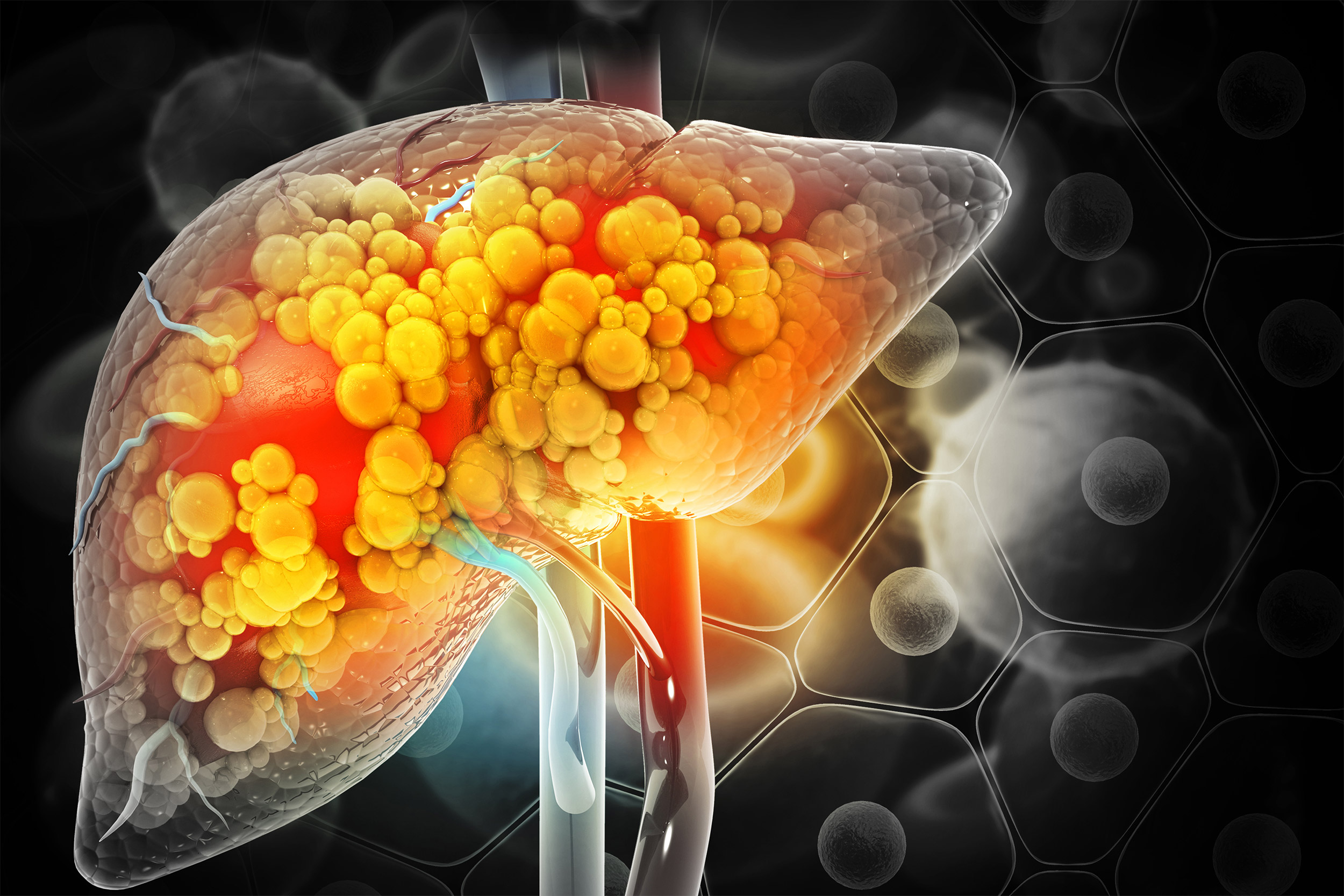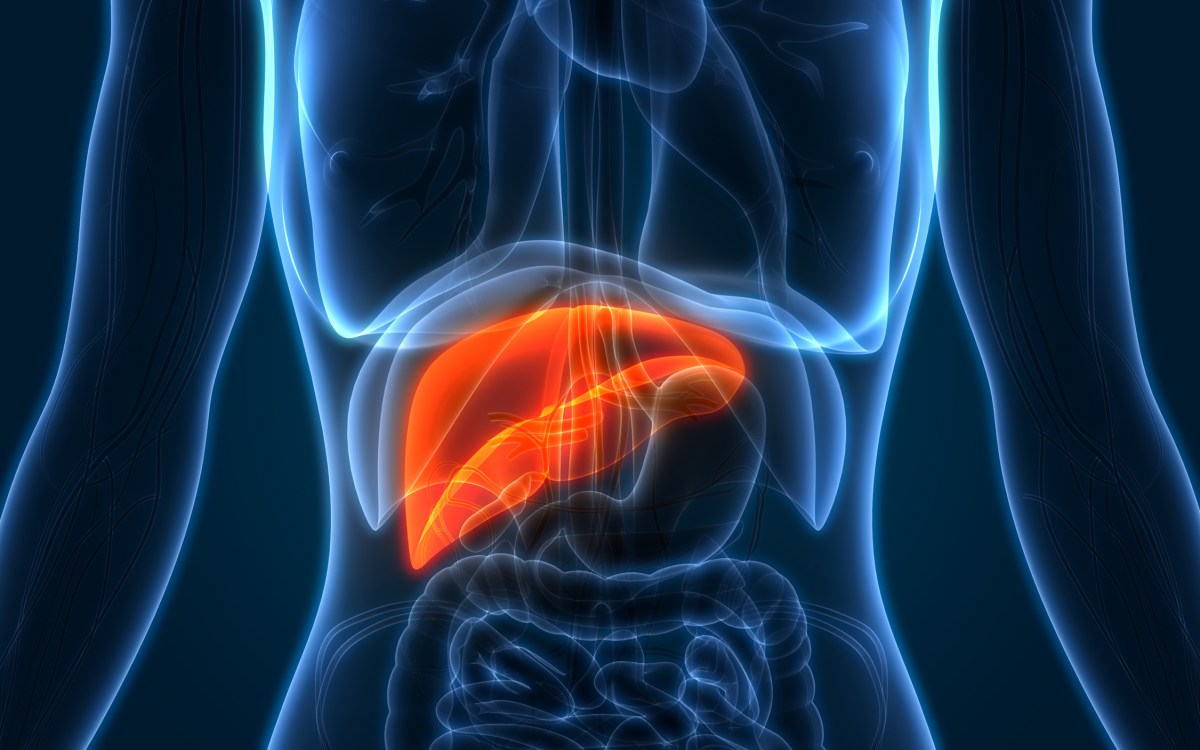
Deaths from alcohol-related liver disease soared during COVID
American Indian and Alaska Native populations particularly affected, finds study
During the pandemic, deaths from alcohol-associated liver disease for American Indian and Alaska Native (AIAN) populations was six times higher than that of white people, according to a study by Massachusetts General Hospital.
The study was published in JAMA Health Forum.
“Even before the pandemic we saw a steady increase in alcohol consumption in this country and continue to experience high levels of alcohol-associated liver disease exacerbated by COVID-19,” said senior author Jagpreet Chhatwal, associate professor of radiology at Harvard Medical School and director of the Institute for Technology Assessment at MGH. “Our examination of all racial or ethnic groups showed that none are more vulnerable than American Indian and Alaska Native.”
Chhatwal also pointed out that alcohol consumption hasn’t shown any signs of decline even as the pandemic has receded. “It’s no coincidence that in 2021, life expectancy in this country dropped to its lowest level since 1996, with ALD [alcohol-associated liver disease] being the top reason after COVID-19 and unintentional injuries,” he said.
Alcohol-associated liver disease, which is linked to excess alcohol consumption, is characterized by progressive deterioration of the liver and loss of function and is now the leading indication for liver transplant in the United States.
At the height of the pandemic, deaths from ALD increased nationally by 23 percent in one year — compared to 43 percent from 2009 to 2015. Drawing on the CDC’s WONDER Multiple Cause of Death database, Mass General researchers learned that ALD mortality rose in nearly every state from 2019 to 2020, with the greatest mortality rates occurring in Wyoming, South Dakota, and New Mexico — states with some of the highest concentrations of AIAN populations.
The disproportionately high mortality rate reflects not just the pandemic, but a systemic failure of supportive health care and lack of critical resources for AIAN populations which demand urgent action by public policy leaders, the researchers reported.
As for actionable measures, the study cites the need for significantly higher levels of preventive healthcare and resource allocation to agencies such as the Indian Health Service, the U.S. Department of Health and Human Services agency charged with providing comprehensive health services to the approximately 2.6 million American Indians and Alaska Natives in 574 federally recognized tribes in 37 states.
“Based on our findings, strong action needs to be taken at the public policy level to increase awareness among American Indians and Alaska Natives of the alarming mortality rates from alcohol-associated liver disease, and to implement universal alcohol screening and preventive health programs,” says Neeti Kulkarni, a research analyst at the MGH Institute for Technology Assessment, and lead author of the study. “It’s critical for the states and federal government to recognize and responsibly address this problem before it spirals into a major health crisis for our country.”
Co-authors of the study include Divneet Wadhwa, research analyst at MGH, and Fasiha Kanwal, professor and section chief of Medicine and Gastroenterology at Baylor College of Medicine.







